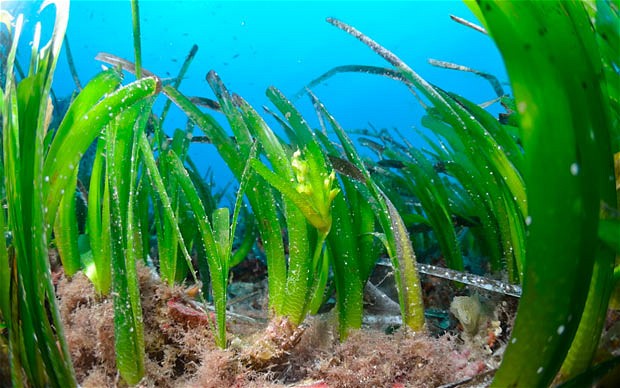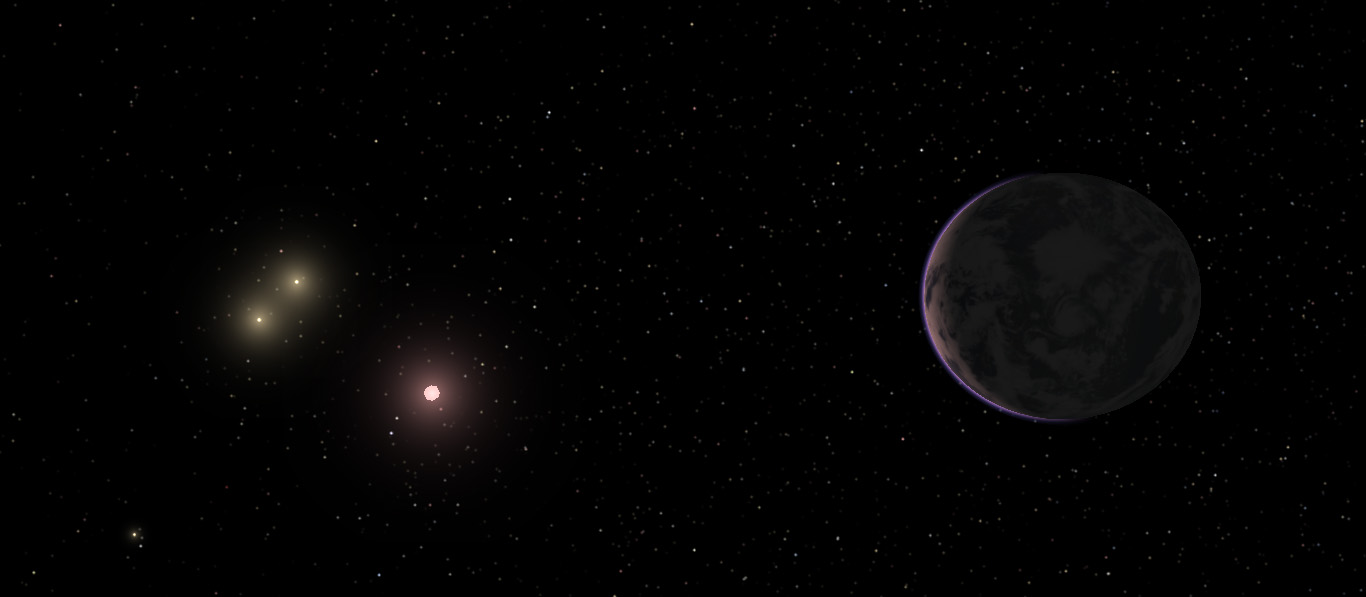
© n/a
A fake news page saying, 'U.S. attacks Iran and Saudi Arabia, the begin (sic) of World War 3,' is the latest virus scam to circulate on Facebook.
The story uses CNN's logos, and appears to offer video footage of a breaking news story, but says users need to upgrade their Flash video software to watch.
When they 'upgrade', they in fact infect their PC with a trojan. Security experts Sophos reported at least 60,000 people have already fallen victim.
Cyber criminals have begun using fake news headlines to lure in victims on social networks such as Facebook.
Videos are often used as 'bait', because computer users are used to upgrading video software such as Flash, so installing software does not set off alarm bells.

© n/a
'Naked Security has seen a worrying number of Facebook users posting the same status messages today, claiming that the United States has attacked Iran and Saudi Arabia in a move heralding the beginning of World War 3,' said Graham Cluley of Sophos's Naked Security blog.
'Within the first three hours of this malware campaign, some 60,000 Facebook users had been duped into visiting the malicious link.'
'What isn't entirely clear at this point is how the message is being shared by so many Facebook profiles.'
'It's possible that malicious code on users' computers is sending the message to Facebook without users knowing. To be on the safe side, you should scan your computer with up-to-date anti-virus software and ensure you have the latest security patches in place.'


Comment: Bad science. Where is the evidence for global warming? For example see: Forget Global Warming - It's Cycle 25 We Need to Worry About where we read: For a species that is "between 12,000 and 200,000 years old" it seems to have survived many shifts in climate just fine. What won't survive the next shift in climate are studies linked to 'man made global warming'.